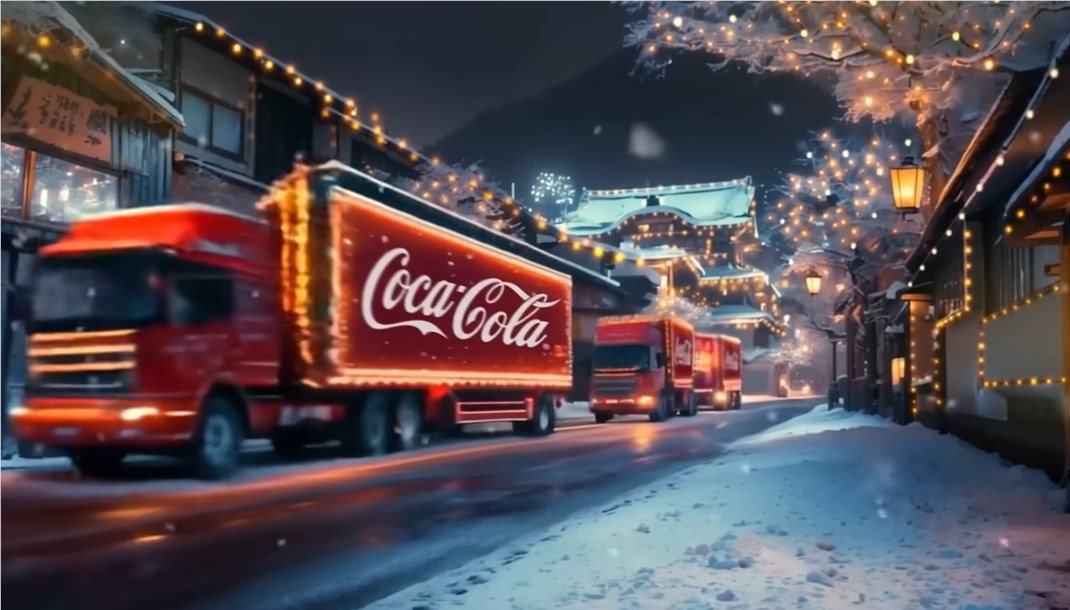Coca-Cola made a bold attempt to recreate its classic 1995 advertising "Festives Coming", becoming the first large-scale enterprise to produce TV commercials entirely through AI. This move not only demonstrates the application potential of AI technology in the field of advertising production, but also arouses widespread attention and discussion in the industry. This article will analyze the process, technical application and social response of Coca-Cola AI advertising production in detail, and explore the future development trends of AI technology in the advertising industry.
Coca-Cola recently announced that it has used artificial intelligence technology to remake the classic "Holidays Are Coming" advertisement in 1995. This bold attempt made Coca-Cola one of the first major companies to make TV commercials entirely through AI. To achieve this, they worked with three AI studios to produce different versions of ads that will be broadcasted through TV, streaming platforms, and global digital video.

Video screenshot
According to Pratik Thakar, vice president of global generation AI at Coca-Cola, this production mainly uses AI models such as Leonardo, Luma and Runway. Jason Zada, founder of Secret Level, said that during the production process, they also introduced new Kling AI models to make the action of animated characters more vivid. He pointed out that the rapid development of this technology has made the production process more efficient, and although the effects of using AI still need to be improved in some aspects, it generally saves a lot of time and cost.
Zada mentioned that the Secret Level version of the ad uses portraits of real actors and has obtained their permission, and the classic music in the ad was also re-recorded by live musicians and singers. He said traditional productions usually cost up to millions of dollars, and this production greatly reduces the cost, all work can be done at home, and artists around the world can work across regions.
However, Zada also admits that during the production process, an AI-generated squirrel shot went through hundreds of iterations before finally achieving the effect. PJ Pereira, CEO of Silverside AI, another partner, said they created more than 10,000 images and 5,000 video clips for the project, which eventually generated more than 100 different market versions of the ads.
Although the quality of advertising produced by AI is relatively high at current technical levels, the response has been polarized in social media and media commentary. Some commentators believe that the new ad looks too artificial and lacks the sophistication of traditional productions. Pereira defends the technology, saying the project demonstrates human participation and technology potential in the narrative process and believes there is still a huge room for revolution in storytelling in the future.
Key points:
Coca-Cola used AI technology to remake classic 1995 advertising, becoming the first company among large companies to fully use AI to produce advertising.
The project involves three AI studios, each producing different versions, and the production process greatly reduces time and cost.
The advertising effect has caused controversy, and some comments believe that its artificial traces are obvious and lack the exquisiteness of traditional production.
Coca-Cola's attempt to AI advertising has brought new possibilities and posed new challenges to the advertising industry. The advantages of AI technology in reducing costs and improving efficiency are obvious, but further exploration is still needed to be made on how to balance the application of AI technology with the uniqueness of artistic creation. In the future, the combination of AI and human creativity will become an important direction for the development of the advertising industry.